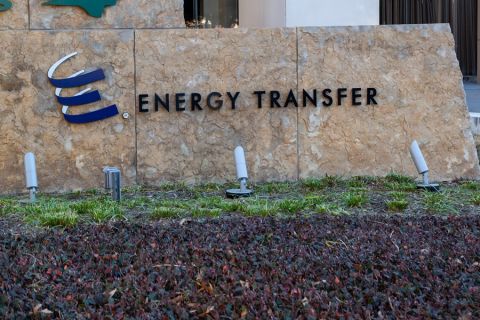Australia’s Santos Ltd. on March 30 gave the final go-ahead for its $3.6 billion Barossa gas project off northern Australia, the biggest new gas project in the country in nearly a decade.
Gas from Barossa is key to extending the life of the company’s Darwin LNG plant, replacing supply from the Bayu-Undan field in the Timor Sea, which is expected to run dry in the next two years.
Santos said the approval would also kickstart a $600 million investment to extend the life of the Darwin LNG plant by 20 years. The 3.7 million tonnes per year plant is likely to be down for 12 to 18 months after Bayu-Undan dries up.
The company deferred the final investment decision on Barossa a year ago due to the pandemic-induced oil price crash. It is now targeting gas output from the project in the first half of 2025.
“We’ve obviously got the confidence that the external market conditions are suitable for us to go forward with this project,” Santos CEO Kevin Gallagher said.
He said one of the biggest challenges to completing the project on time and on budget would be construction at shipyards in Singapore and South Korea.
“We hope that we get a COVID-free environment that allows that to go to plan,” Gallagher told Reuters.
Barossa gas has a high CO2 content, which Santos will need to offset if it wants to sell carbon neutral LNG, increasingly sought after by customers, and meet its own net zero target by 2040.
To generate carbon credits, Santos is looking to bury CO2 in its old gas fields at Moomba but is also considering using Bayu Undan’s empty reservoirs, Gallagher said.
“It could take a lot of CO2 very, very easily; we think up to 10 million tonnes per annum for 15 to 20 years,” he said.
The Barossa investment decision was also the final condition for Santos to sell a 25% stake in Darwin LNG and Bayu-Undan to South Korean utility SK E&S, a joint owner of Barossa, which will give Santos net proceeds of $200 million.
Recommended Reading
Report: Crescent Midstream Exploring $1.3B Sale
2024-04-23 - Sources say another company is considering $1.3B acquisition for Crescent Midstream’s facilities and pipelines focused on Louisiana and the Gulf of Mexico.
For Sale? Trans Mountain Pipeline Tentatively on the Market
2024-04-22 - Politics and tariffs may delay ownership transfer of the Trans Mountain Pipeline, which the Canadian government spent CA$34 billion to build.
Energy Transfer Announces Cash Distribution on Series I Units
2024-04-22 - Energy Transfer’s distribution will be payable May 15 to Series I unitholders of record by May 1.
Balticconnector Gas Pipeline Back in Operation After Damage
2024-04-22 - The Balticconnector subsea gas link between Estonia and Finland was severely damaged in October, hurting energy security and raising alarm bells in the wider region.
Wayangankar: Golden Era for US Natural Gas Storage – Version 2.0
2024-04-19 - While the current resurgence in gas storage is reminiscent of the 2000s —an era that saw ~400 Bcf of storage capacity additions — the market drivers providing the tailwinds today are drastically different from that cycle.




